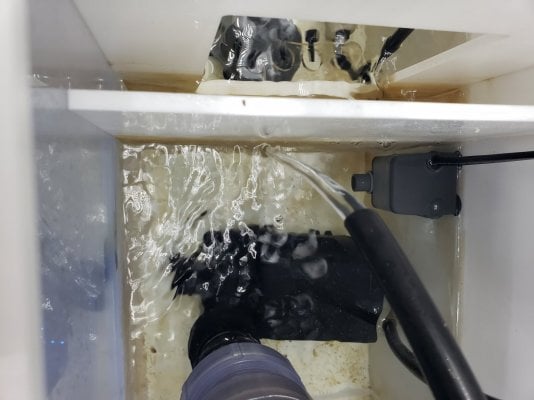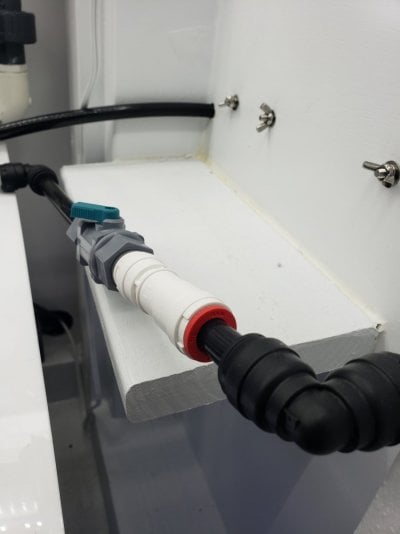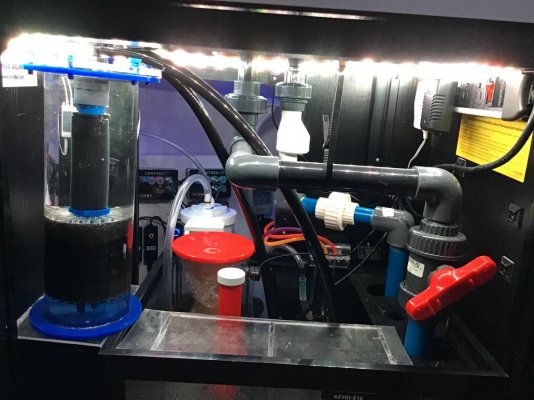Chemiclear blue is just activated carbon with a synthetic resin that adsorbs chemicals.Chemipure blue 5 oz size in sump 24/7. Change every two months for my two nano tanks. Do not run on my 110 yet but its only 2 months old and bio load is low. But maybe start thinking about adding as i have a little ugly phase kicking in 0n rocks. i am starting to add clean up crew over last couple of weeks..
Seachem have marketed Purigen for years, and it will do a better job with simliar resins, and can be recharged and reused over and over.
You just need to stack the purigen on top of the activated carbon.
Regards
Graham





















